12 Mind-Blowing Sinkholes and Blue Holes You Can Dive Into
The planet's surface is dotted with gateways to the unknown, where the earth opens up to reveal hidden worlds beneath. These natural wonders, known as sinkholes and blue holes, captivate the adventurous spirit, offering a glimpse into geological history and the mysteries of the deep. Formed over millennia by the relentless forces of nature, these phenomena are more than just geological curiosities; they are ecosystems teeming with life and stories waiting to be told. As we embark on this journey into the depths, we will explore 12 mesmerizing sinkholes and blue holes that beckon explorers and scientists alike, each with its unique allure and secrets. The allure of these natural wonders lies in their mystery and beauty. For adventurers, they present the ultimate challenge: to explore the unexplored, to dive into the unknown, and to witness firsthand the raw power of nature. Each sinkhole and blue hole has its own story, shaped by the forces that created it and the life it sustains.
1. The Great Blue Hole, Belize: A Diver's Dream
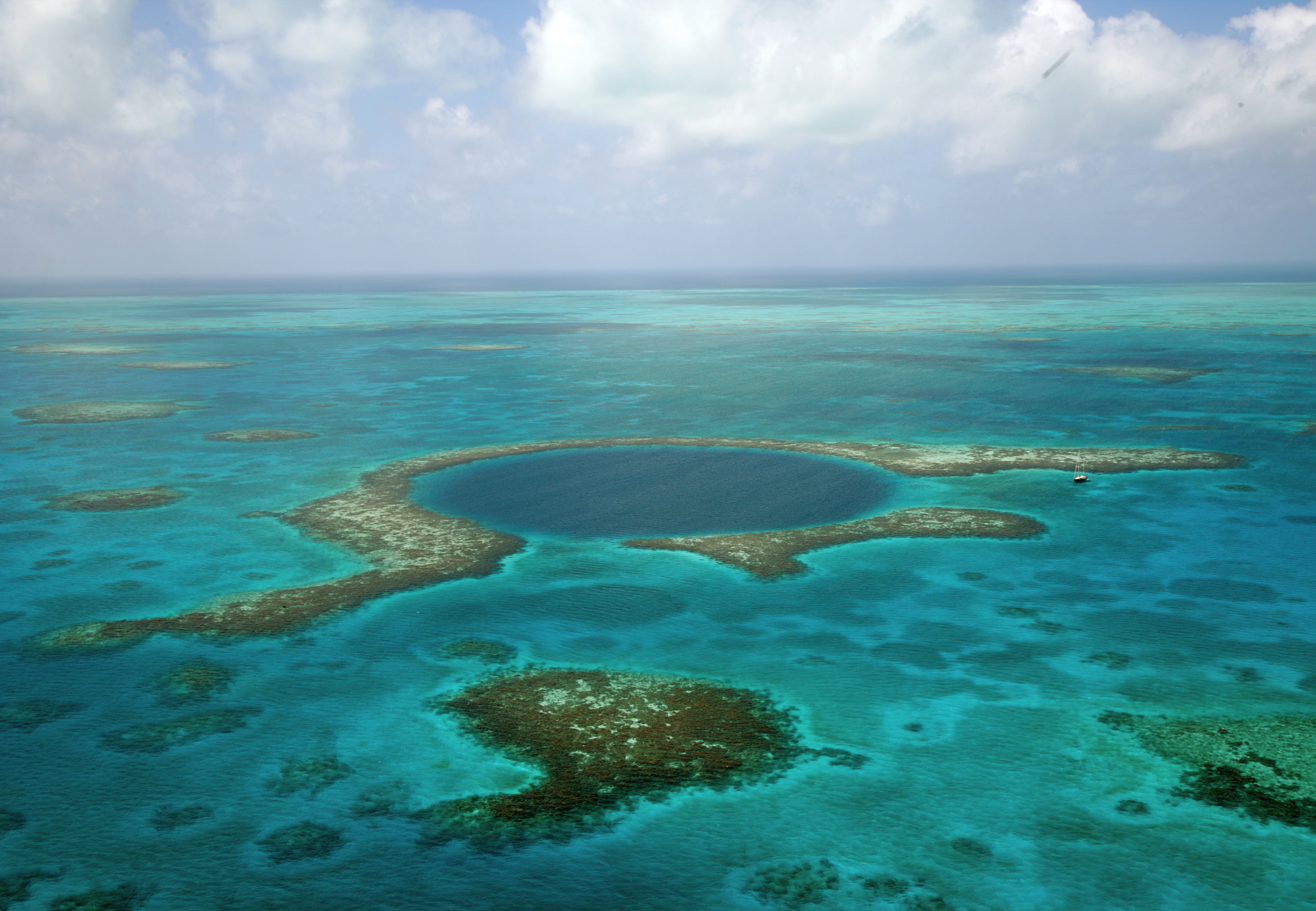
Located off the coast of Belize, the Great Blue Hole is perhaps the most famous blue hole in the world. This giant marine sinkhole measures over 300 meters across and 125 meters deep, making it a bucket-list destination for divers from around the globe. Formed during the last ice age, the Great Blue Hole was once a limestone cave system before rising sea levels flooded it, creating the stunning natural wonder we see today. The allure of the Great Blue Hole lies in its crystal-clear waters and the rich marine life it supports. Divers can explore its vertical walls, adorned with stalactites and stalagmites, and encounter a variety of marine species, including reef sharks, giant groupers, and vibrant corals. The visibility in the water is unparalleled, allowing divers to fully appreciate the geological formations and the vibrant ecosystem that thrives within the depths. Beyond its beauty and biodiversity, the Great Blue Hole is also a site of scientific interest. Researchers have studied its sediments to understand past climate conditions and sea-level changes. The hole's unique environment offers insights into the Earth's geological history and the processes that shaped our planet. For those who venture into its depths, the Great Blue Hole offers a once-in-a-lifetime experience, blending adventure with scientific discovery and natural beauty.
2. Dean's Blue Hole, Bahamas: A Record-Breaking Descent
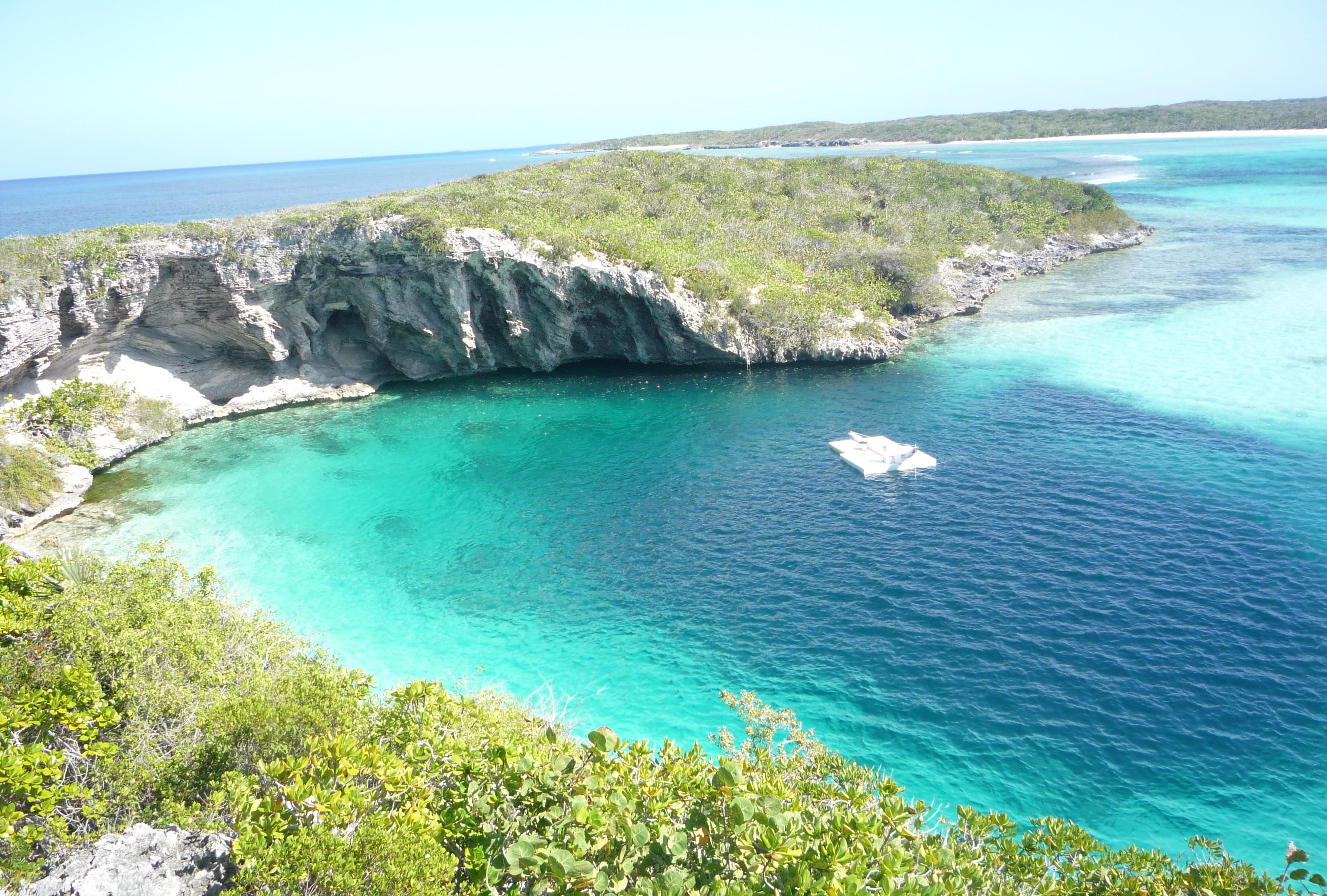
Dean's Blue Hole, located near Long Island in the Bahamas, holds the title of the world's deepest known blue hole, plunging to a staggering depth of 202 meters. This natural wonder is a mecca for free divers, who flock to its depths to set world records and push the limits of human endurance. The hole's unique shape, with a narrow entrance that widens as it descends, creates a dramatic and awe-inspiring underwater landscape. The waters of Dean's Blue Hole are remarkably clear, offering divers a breathtaking view of its sheer walls and the marine life that calls it home. Schools of tropical fish dart through the water, while larger predators like barracuda and tarpon patrol the depths. The hole's unique environment supports a diverse array of marine species, making it a hotspot for biodiversity and a vital ecosystem in the region. For those not inclined to dive, the surrounding area offers plenty of opportunities for exploration. The beaches around Dean's Blue Hole are pristine and secluded, providing a perfect backdrop for relaxation and reflection. Visitors can also explore the nearby mangroves and tidal pools, home to a variety of bird species and other wildlife. Whether you're a seasoned diver or a nature enthusiast, Dean's Blue Hole offers an unforgettable experience that showcases the beauty and mystery of the natural world.
3. Xiaozhai Tiankeng, China: The World's Largest Sinkhole
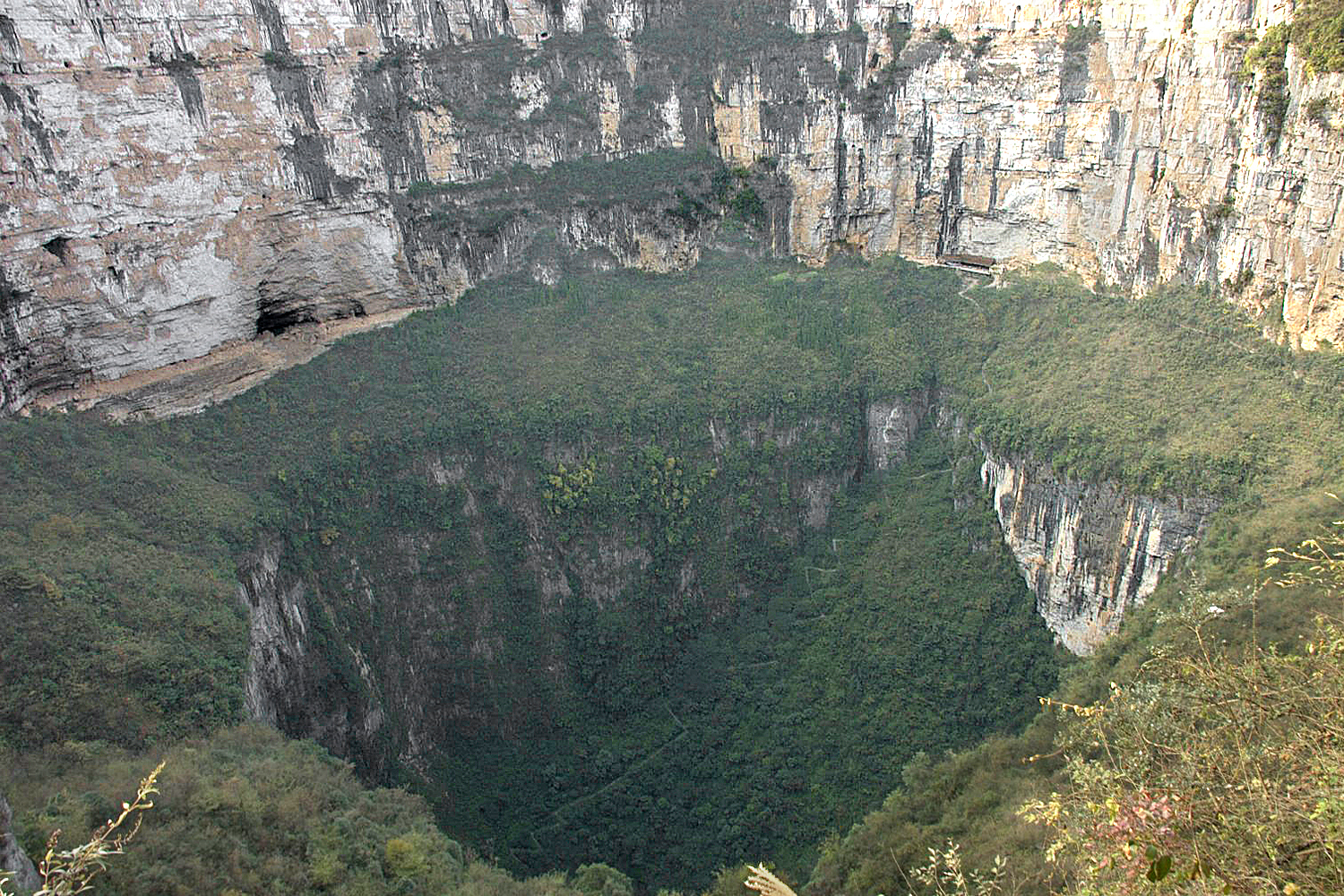
In the heart of China's Chongqing Province lies the Xiaozhai Tiankeng, the world's largest sinkhole by volume. This colossal natural wonder measures over 662 meters deep, 511 meters wide, and 626 meters long, making it a true giant among sinkholes. Known locally as the "Heavenly Pit," Xiaozhai Tiankeng is a testament to the power of natural forces and the geological processes that shaped our planet. The formation of Xiaozhai Tiankeng is the result of the dissolution of limestone by water over millions of years, a process known as karstification. This has created a unique landscape of towering cliffs, lush vegetation, and hidden caves. The sinkhole is home to a rich ecosystem, with a variety of plant and animal species that have adapted to its unique environment. Explorers and scientists are drawn to Xiaozhai Tiankeng for its natural beauty and the opportunity to study its geology and biodiversity. Visitors to Xiaozhai Tiankeng can explore its depths through a series of trails and viewing platforms that offer breathtaking views of the sinkhole and the surrounding landscape. The area is also home to several caves, including the impressive Dashiwei Tiankeng, which features stunning stalactites and stalagmites. For those with a sense of adventure and a love of nature, Xiaozhai Tiankeng offers an unforgettable experience and a chance to witness one of the world's most impressive natural wonders.
4. The Blue Hole of Dahab, Egypt: A Diver's Challenge

On the eastern coast of Egypt's Sinai Peninsula lies the Blue Hole of Dahab, a site renowned for its beauty and its reputation as one of the most dangerous dive sites in the world. This vertical underwater cave plunges to a depth of over 100 meters and is surrounded by vibrant coral reefs and an abundance of marine life. Despite its beauty, the Blue Hole of Dahab has claimed the lives of many divers, earning it the nickname "Diver's Cemetery." The allure of the Blue Hole of Dahab lies in its challenging conditions and the promise of adventure. Experienced divers are drawn to its depths to explore its unique geology and the marine life that thrives within. The site is home to a variety of fish species, including lionfish, barracudas, and jacks, as well as colorful corals and sponges. The clear waters and dramatic underwater landscape make it a popular destination for underwater photographers and videographers. For those who prefer to stay above water, the surrounding area offers plenty of opportunities for exploration and relaxation. The town of Dahab is a popular destination for tourists, offering a range of activities, from snorkeling and windsurfing to camel treks and desert safaris. Whether you're a seasoned diver or a casual traveler, the Blue Hole of Dahab offers a unique blend of adventure, beauty, and cultural experiences.
5. The Zacatón Cenote, Mexico: A Geothermal Marvel
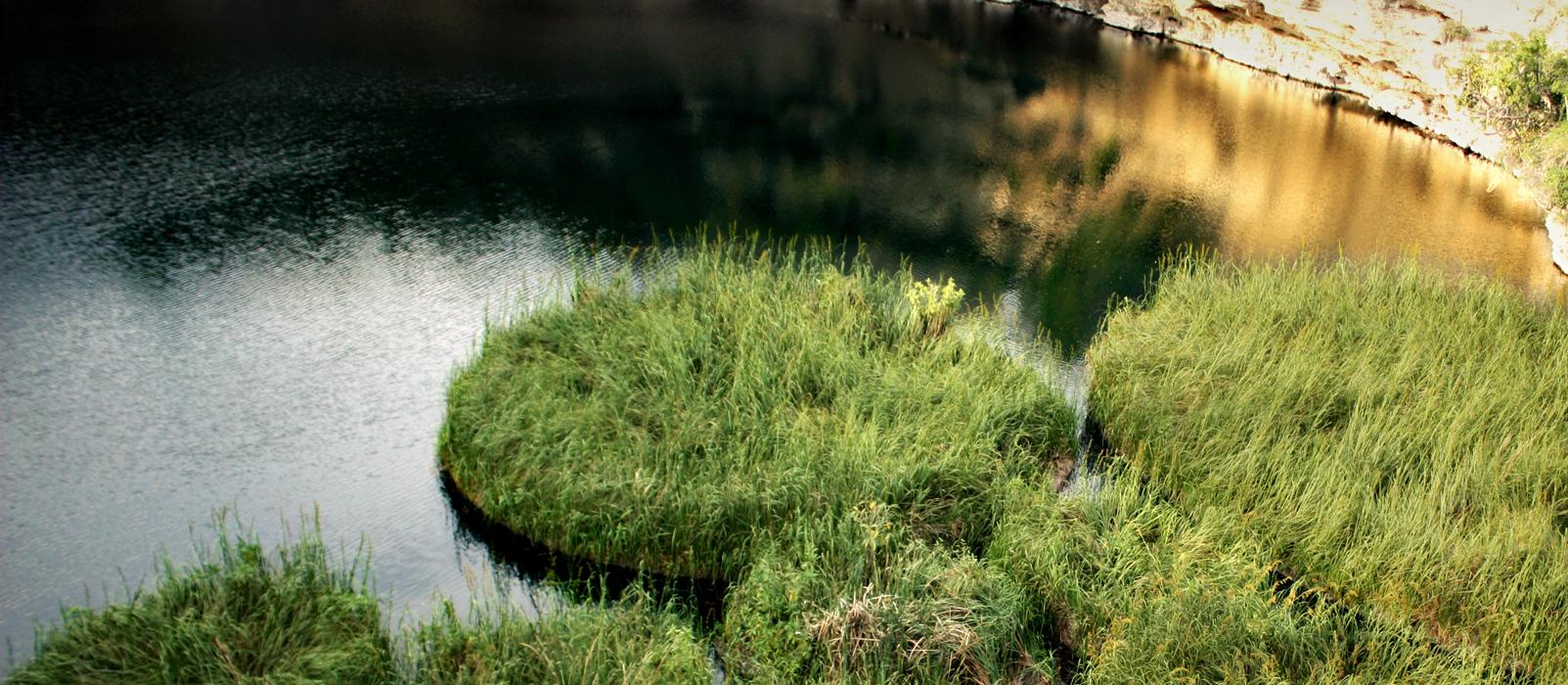
In the northeastern region of Mexico lies the Zacatón Cenote, a geothermal sinkhole that holds the title of the world's deepest water-filled sinkhole, with a depth of over 339 meters. This natural wonder is part of a complex system of cenotes and underwater caves that have fascinated explorers and scientists for decades. The Zacatón Cenote is named after the floating islands of grass, or "zacate," that cover its surface, adding to its unique and mysterious appearance. The Zacatón Cenote is a site of scientific interest due to its unique geothermal properties and the presence of extremophile microorganisms that thrive in its warm, mineral-rich waters. These microorganisms offer insights into the origins of life on Earth and the potential for life on other planets. Researchers have used advanced robotics and diving technology to explore the depths of the cenote, uncovering new species and geological formations. For adventurers, the Zacatón Cenote offers a unique diving experience, with its clear waters and dramatic underwater landscape. The surrounding area is rich in biodiversity, with a variety of plant and animal species that have adapted to the cenote's unique environment. Visitors can explore the nearby caves and cenotes, each with its own unique features and stories. The Zacatón Cenote is a testament to the power of nature and the mysteries that lie beneath the Earth's surface.
6. Meyil Obruk Lake, Turkey: A Hidden Gem Beneath the Anatolian Plains
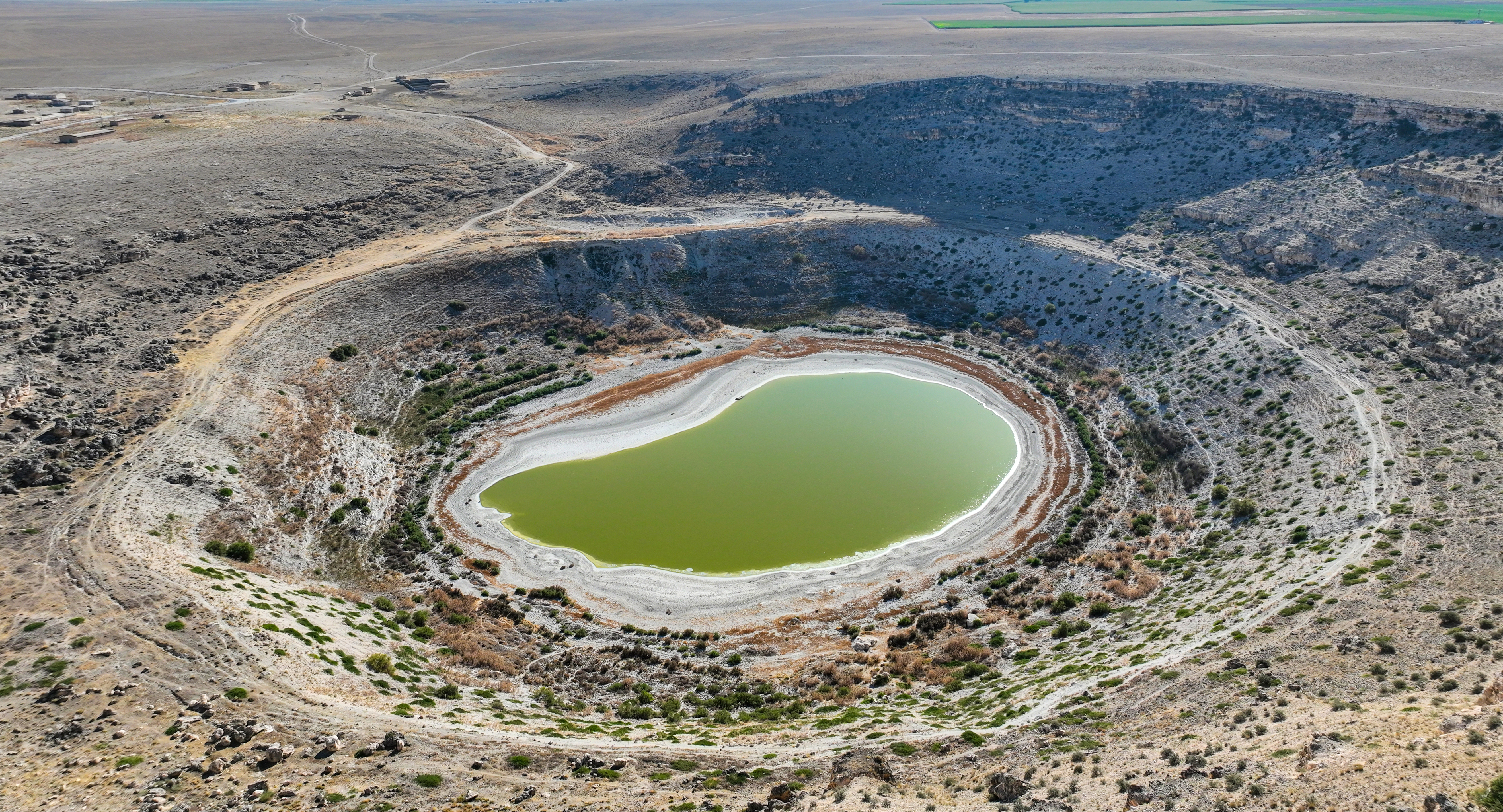
In the heart of Turkey’s Central Anatolia, the quiet Karapınar district of Konya conceals one of the region’s most captivating geological secrets—Meyil Obruk Lake, a strikingly deep sinkhole that plunges 104 meters into the earth. Often overlooked by mainstream tourism, this natural wonder is part of the broader Karapınar sinkhole field, a landscape shaped by millennia of subterranean erosion and the slow collapse of limestone bedrock. Meyil Obruk Lake is both dramatic and serene: a turquoise pool surrounded by steep, rocky walls, its still surface reflecting the wide skies of the Turkish plateau. While it may not boast the tropical mystique of Caribbean blue holes, Meyil’s stark beauty and haunting depth give it an otherworldly presence—like a hidden portal to the center of the Earth. What makes Meyil truly fascinating is its rapid formation history, driven by agricultural overuse of groundwater that has accelerated sinkhole activity in the region. As such, it has drawn the attention of geologists and environmental scientists studying the impact of human activity on natural landscapes. Its waters, though calm, conceal a powerful message about environmental balance and the delicate relationship between land and livelihood.
7. The Bimmah Sinkhole, Oman: A Natural Oasis
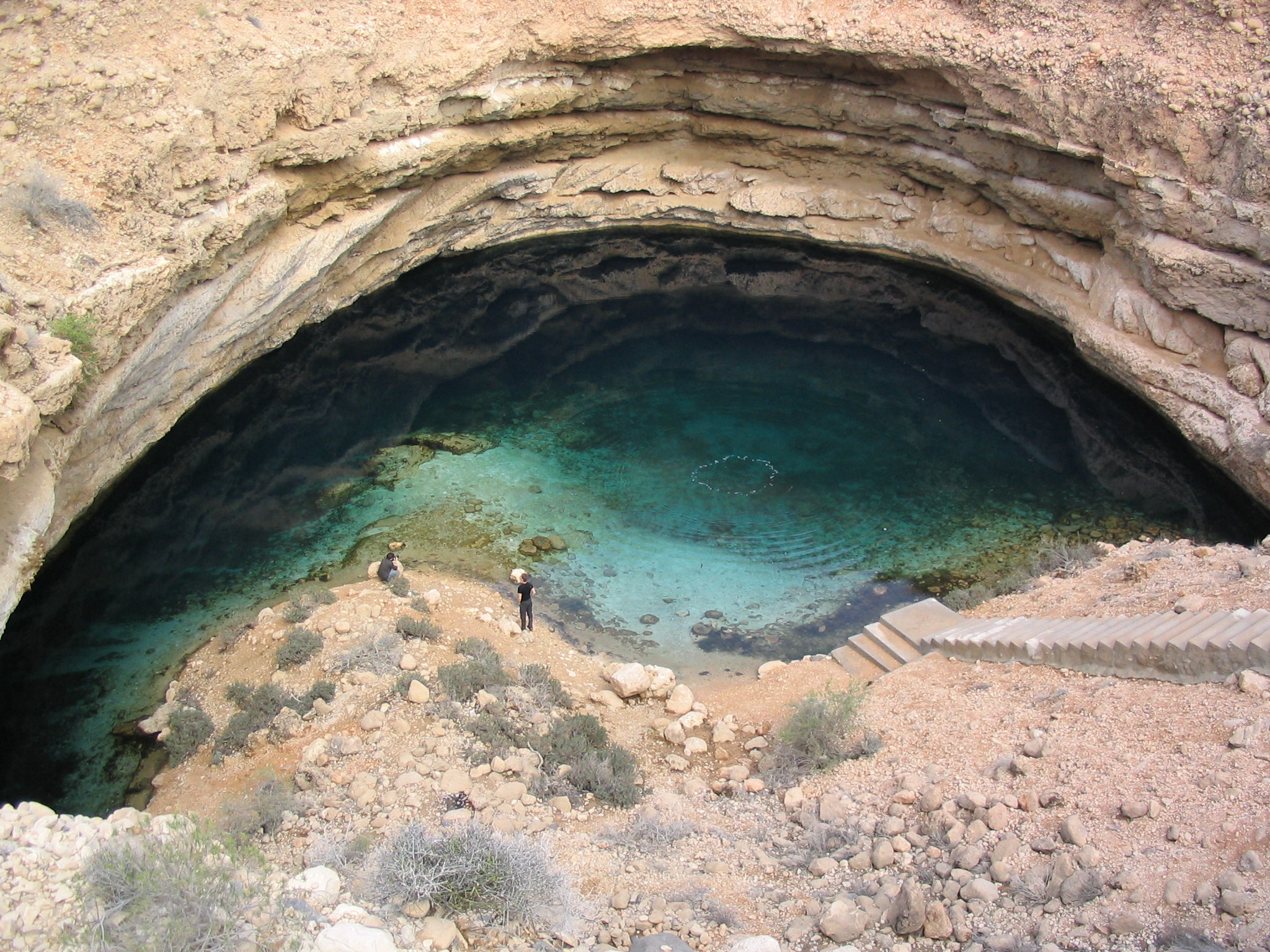
Nestled in the rugged landscape of Oman's eastern coast lies the Bimmah Sinkhole, a stunning natural wonder that has become a popular destination for tourists and locals alike. This limestone sinkhole is filled with emerald-green waters, creating a natural swimming pool that offers a refreshing escape from the desert heat. The Bimmah Sinkhole is a testament to the power of erosion and the beauty of nature, with its dramatic cliffs and crystal-clear waters. The Bimmah Sinkhole was formed by the collapse of a limestone cave, a process known as karstification. Over time, the sinkhole has become a natural oasis, supporting a variety of plant and animal species. The clear waters of the sinkhole are rich in minerals, providing a habitat for fish and other aquatic life. Visitors can swim in the cool waters, explore the surrounding cliffs, and enjoy the stunning views of the surrounding landscape. The area around the Bimmah Sinkhole offers plenty of opportunities for exploration and adventure. The nearby Wadi Shab and Wadi Tiwi are popular destinations for hiking and rock climbing, with their dramatic cliffs and lush vegetation. The region is also home to a variety of bird species, making it a popular destination for birdwatchers. Whether you're seeking adventure or relaxation, the Bimmah Sinkhole offers a unique and unforgettable experience.
8. Nanda Blue Hole, Vanuatu: A South Pacific Sapphire
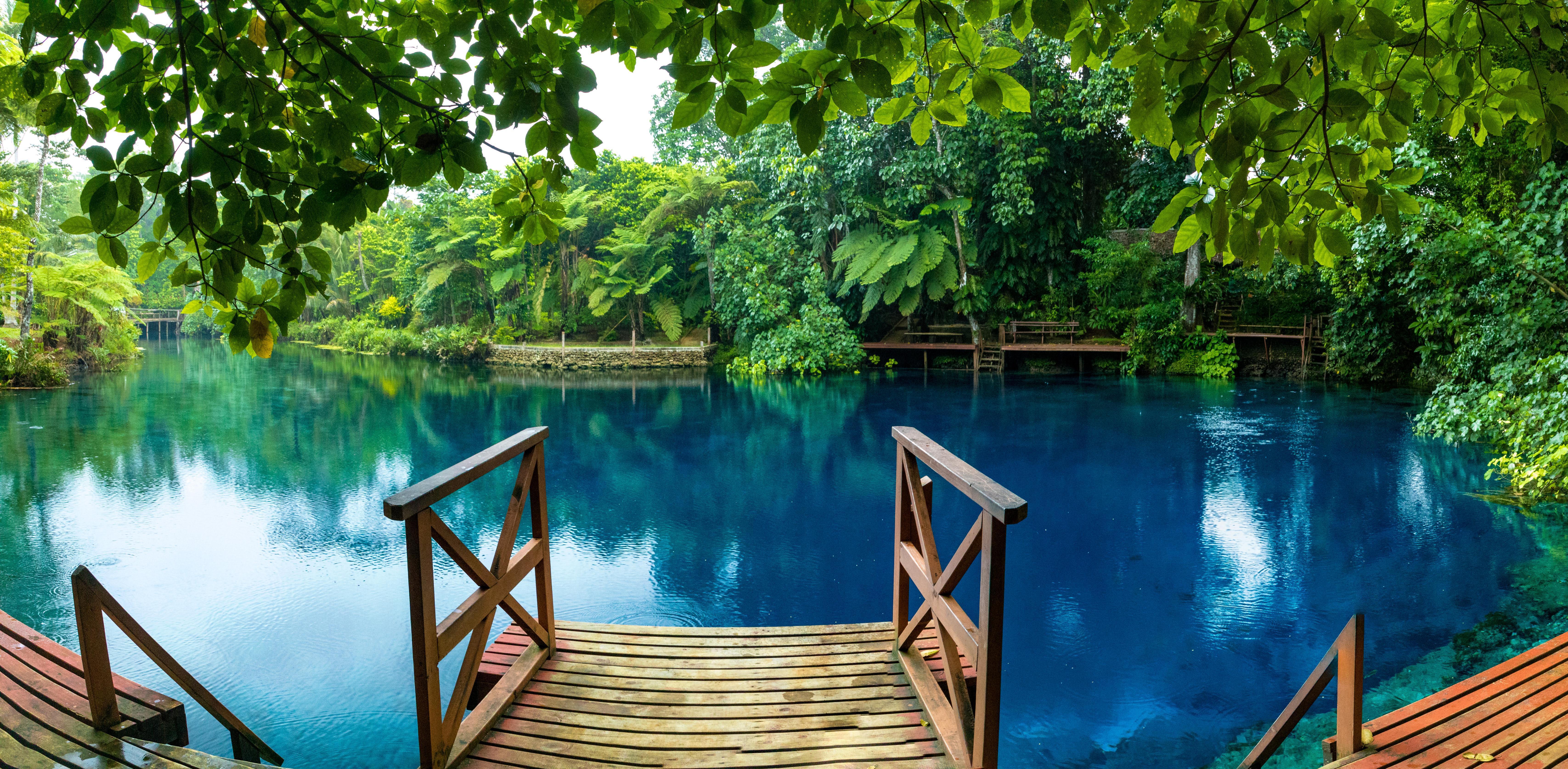
Tucked away in the lush rainforest near Luganville on the island of Espiritu Santo, Nanda Blue Hole is one of Vanuatu’s most enchanting natural wonders. With water so vividly blue it seems almost otherworldly, this spring-fed sinkhole looks like a liquid gemstone dropped into the jungle. Known to locals as Jackie’s Blue Hole, this site is revered not only for its striking appearance but also for the sense of calm and magic it exudes. Nanda Blue Hole is surrounded by dense tropical foliage, towering banyan trees, and ferns that drape over the water’s edge like nature’s curtains. A wooden platform invites visitors to dive into the cool, crystal-clear waters that plunge to unknown depths, filtered through layers of underground limestone over hundreds of years. The visibility is so exceptional that swimmers and snorkelers often feel like they’re suspended in midair—floating above a surreal underwater world. Beyond its natural beauty, Nanda holds cultural significance to the local Ni-Vanuatu people, who have long regarded the area as sacred. Sustainable tourism efforts have helped preserve the site’s pristine condition, with small entry fees supporting local communities and conservation.
9. Çıralı Sinkhole, Turkey: A Hidden Gem in the Taurus Mountains
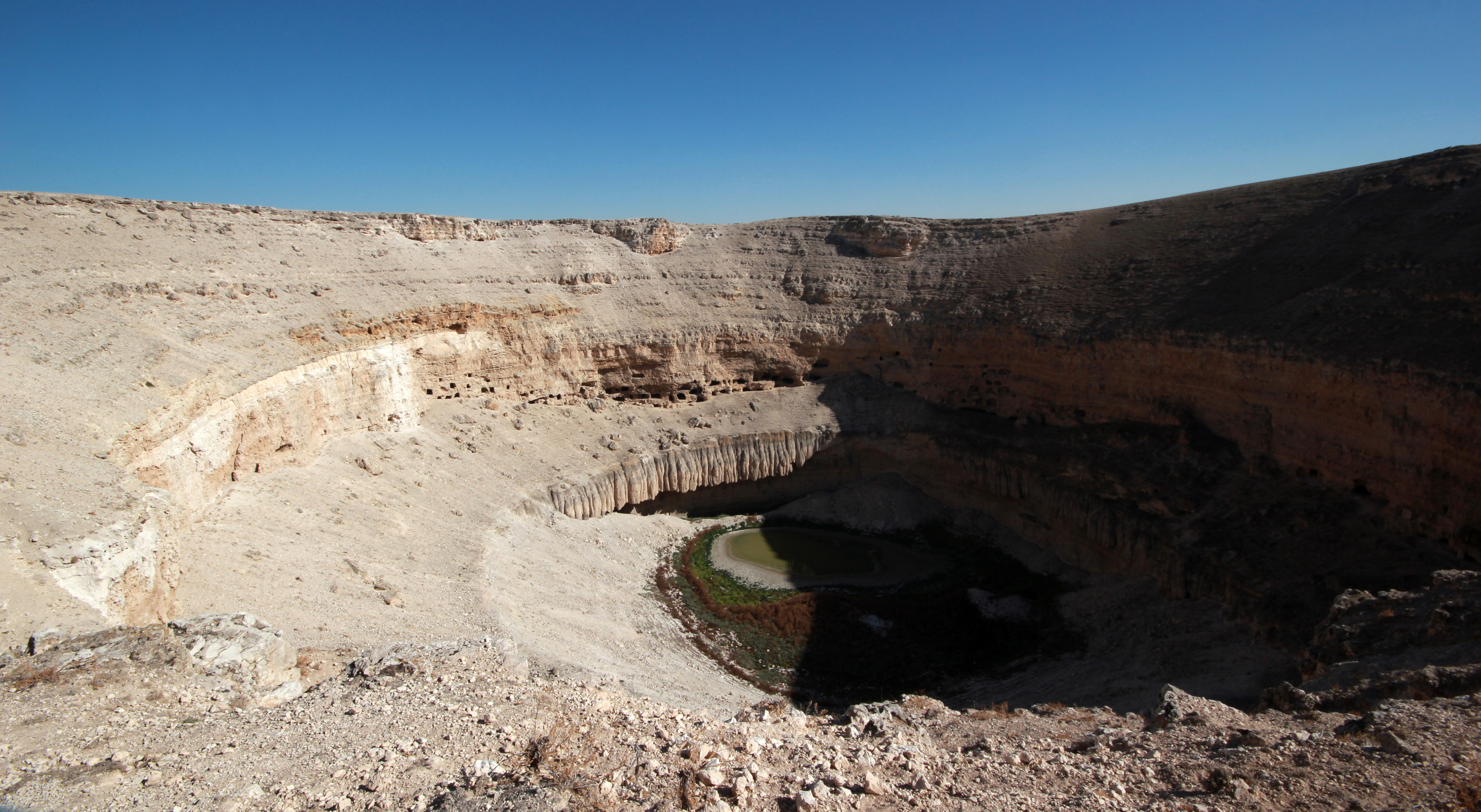
Tucked away in the dramatic landscape of Turkey’s Taurus Mountains, the Çıralı Sinkhole (Çıralı Obruğu) is a lesser-known but deeply striking geological marvel that offers raw, untamed beauty and a quiet sense of mystery. Located in the Karaman Province, this sinkhole plunges approximately 70 meters deep and stretches about 30 meters across, creating a near-perfect vertical pit that slices into the earth like a dark eye staring skyward. Surrounded by dense pine forests and rugged limestone cliffs, Çıralı has a haunting presence. Unlike tourist-heavy sinkholes, this one remains relatively remote and untouched, giving visitors a rare chance to experience a sinkhole in its most natural state. The stillness around the sinkhole adds to its eerie allure—there are no railings, no signs, and no modern infrastructure—just a gaping chasm formed by the slow, steady collapse of subterranean cavities over thousands of years. The vertical walls of Çıralı make it inaccessible for casual exploration, but its stark geometry and depth have attracted geologists, adventurers, and drone photographers alike. Seen from above, the sinkhole appears almost impossibly circular, with steep edges and dark, seemingly bottomless waters that reflect the sky like a mirror. In the right light, it resembles a portal to another world.
10. The Blue Hole of Gozo, Malta: A Diver’s Paradise
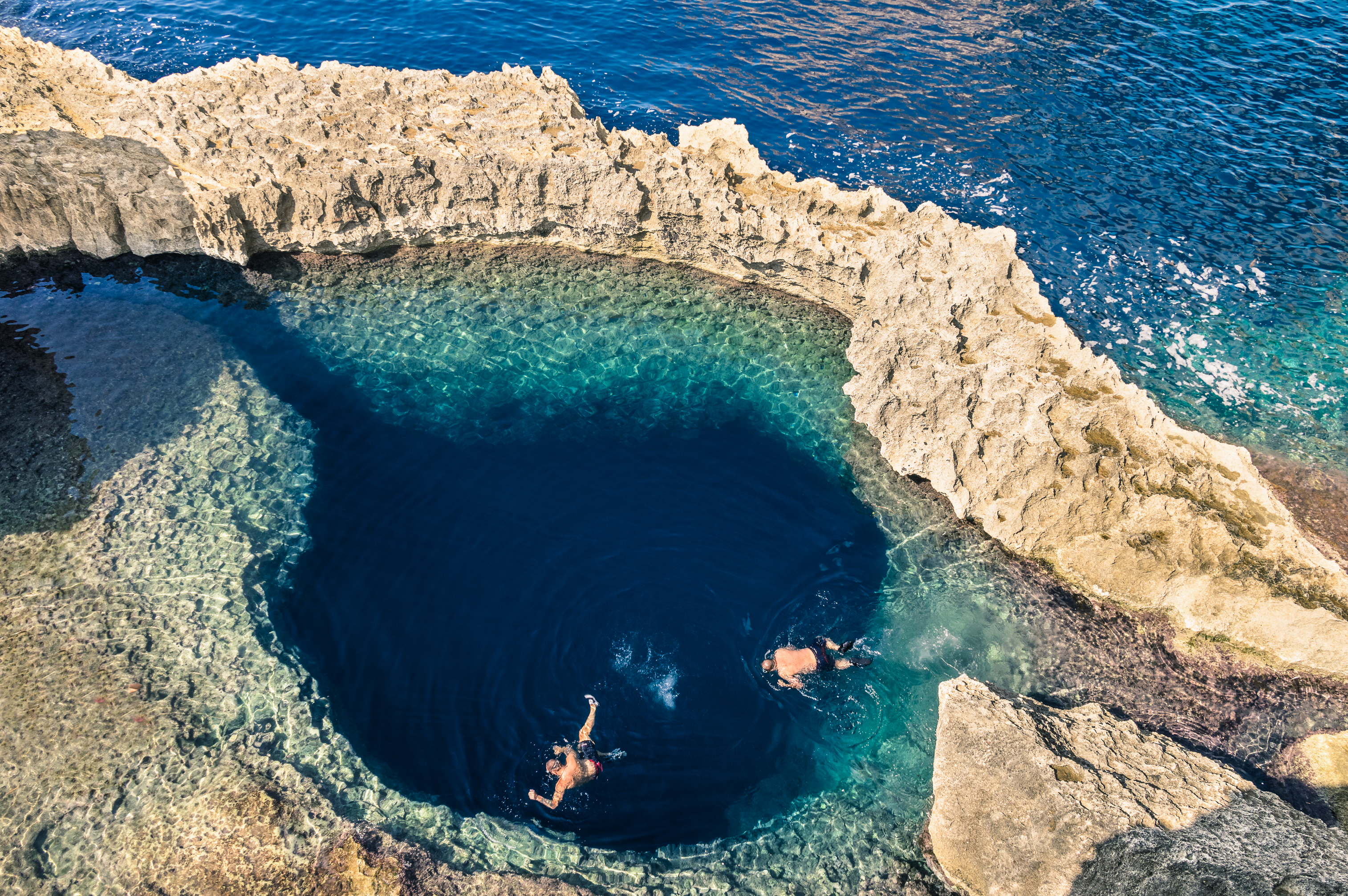
The Blue Hole of Gozo, located off the coast of Malta, is a stunning underwater cave that has become a popular destination for divers and snorkelers. This natural wonder is known for its crystal-clear waters and the rich marine life it supports, with a variety of fish species, corals, and sponges. The Blue Hole of Gozo is a testament to the power of erosion and the beauty of nature, with its dramatic cliffs and unique underwater landscape. The Blue Hole of Gozo is home to a diverse array of marine species, with its unique environment providing a habitat for a variety of fish, corals, and sponges. The clear waters of the Blue Hole offer a breathtaking view of its underwater landscape, with its sheer walls and vibrant marine life. Divers can explore its depths, encountering a variety of fish species, including groupers, barracudas, and octopuses, as well as colorful corals and sponges. The area around the Blue Hole of Gozo offers plenty of opportunities for exploration and adventure. The nearby Azure Window, a natural limestone arch, is a popular destination for tourists, offering stunning views of the surrounding landscape. The region is also home to a variety of bird species, making it a popular destination for birdwatchers. Whether you're a seasoned diver or a casual traveler, the Blue Hole of Gozo offers a unique blend of adventure, beauty, and cultural experiences.
11. The Ik Kil Cenote, Mexico: A Sacred Swimming Hole
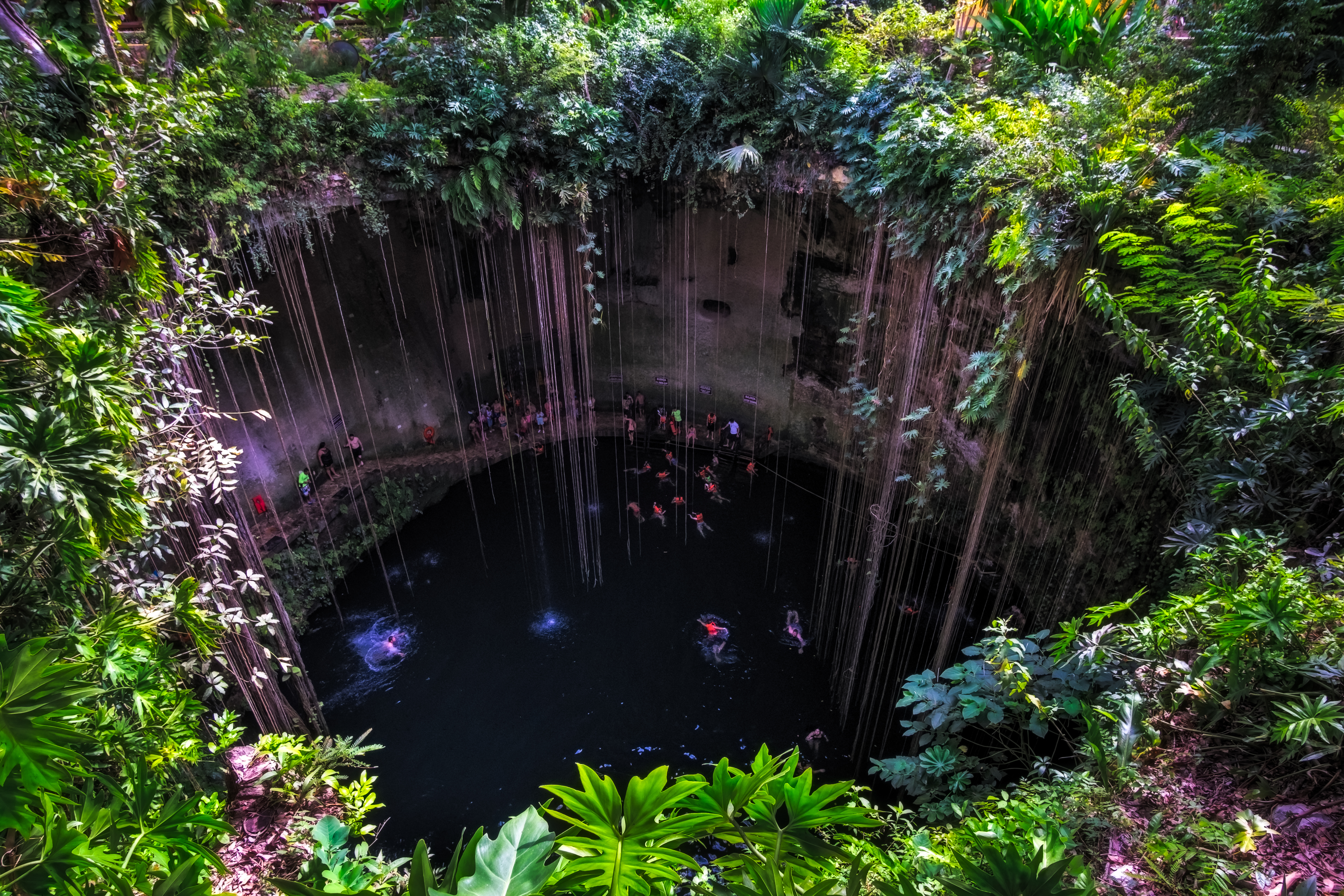
Nestled in the heart of Mexico's Yucatán Peninsula lies the Ik Kil Cenote, a stunning natural wonder that has become a popular destination for tourists and locals alike. This limestone sinkhole is filled with crystal-clear waters, creating a natural swimming pool that offers a refreshing escape from the tropical heat. The Ik Kil Cenote is a testament to the power of erosion and the beauty of nature, with its dramatic cliffs and lush vegetation. The Ik Kil Cenote is part of a complex system of cenotes and underground rivers that have fascinated explorers and scientists for decades. The cenote's unique environment provides a habitat for a variety of plant and animal species, with its clear waters rich in minerals. Visitors can swim in the cool waters, explore the surrounding cliffs, and enjoy the stunning views of the surrounding landscape. The area around the Ik Kil Cenote offers plenty of opportunities for exploration and adventure. The nearby Chichen Itza, a UNESCO World Heritage Site, is a popular destination for tourists, offering a glimpse into the ancient Maya civilization. The region is also home to a variety of bird species, making it a popular destination for birdwatchers. Whether you're seeking adventure or relaxation, the Ik Kil Cenote offers a unique and unforgettable experience.
12. Heaven and Hell (Cennet and Cehennem), Turkey: Myth and Majesty Collide
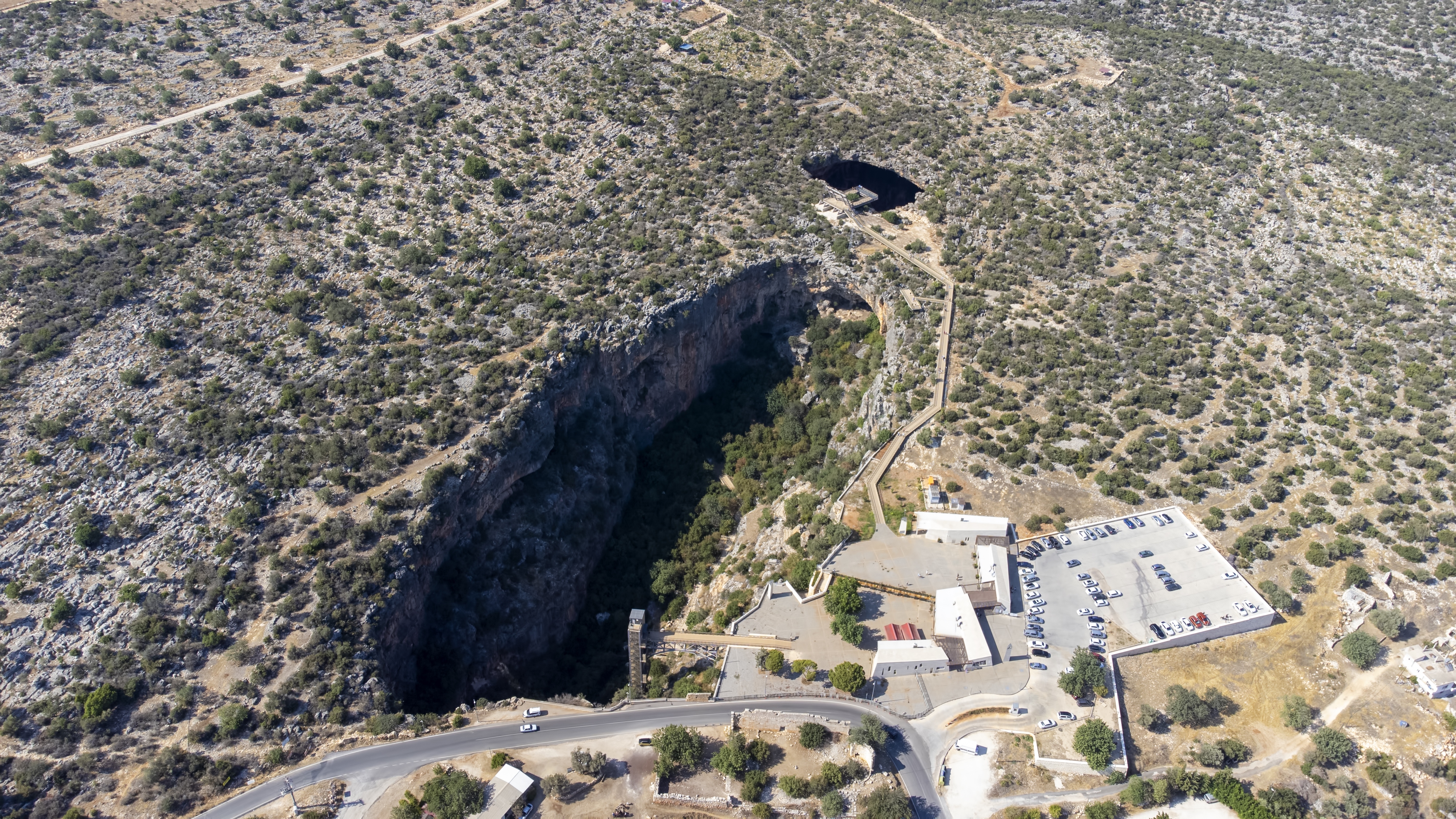
In the heart of Turkey’s Mersin Province lie two awe-inspiring sinkholes known as Cennet (Heaven) and Cehennem (Hell)—a pair of natural wonders steeped in myth, mystery, and geological grandeur. Formed by the collapse of underground limestone caverns over millennia, these adjacent chasms offer a dramatic glimpse into the power of erosion and the storytelling of ancient civilizations. Cennet, the larger of the two, lives up to its name with a lush, green interior and a serene atmosphere that sharply contrasts the rugged terrain above. The sinkhole plunges over 70 meters deep, and visitors can descend into it via a 452-step stone staircase that winds through overgrown vegetation and the remains of a 5th-century Byzantine chapel nestled near the bottom. The descent into Cennet feels almost like a pilgrimage—spiritual, cinematic, and physically rewarding. Just 75 meters away, Cehennem (Hell) presents a far more foreboding appearance. This narrower and deeper pit drops almost 128 meters straight down, with steep, sheer walls that make it inaccessible to visitors—adding to its mystique. According to local legend, this chasm was once the prison of the monster Typhon, who was cast into the depths by Zeus himself, making it a potent symbol in Greco-Roman mythology.
The Endless Allure of the Deep
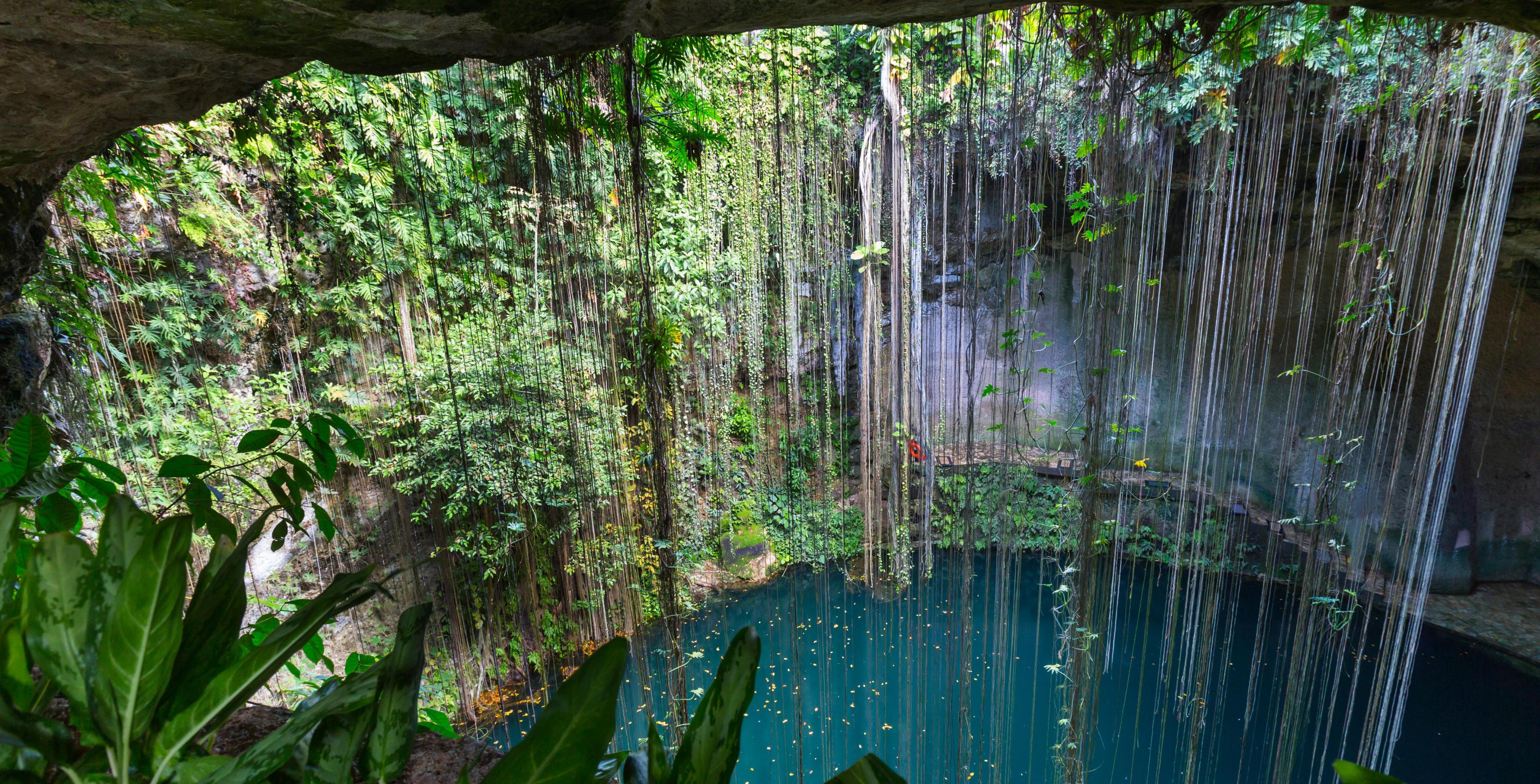
As we conclude our journey into the depths, it becomes clear that sinkholes and blue holes are more than just geological curiosities; they are windows into the Earth's past and present, offering insights into the forces that shaped our planet and the life it sustains. From the legendary Great Blue Hole of Belize to the mysterious Dragon Hole in the South China Sea, these natural wonders captivate the adventurous spirit, inviting us to explore the unknown and witness the beauty and mystery of the natural world. Each sinkhole and blue hole we have explored is unique, with its own story and secrets waiting to be uncovered. They are not only sites of natural beauty but also vital ecosystems, supporting a diverse array of plant and animal species. For adventurers, scientists, and nature enthusiasts alike, these phenomena offer a unique blend of adventure, science, and natural beauty, challenging us to push the limits of exploration and discovery. The allure of the abyss is timeless, drawing us into the depths with the promise of adventure and the thrill of the unknown. As we continue to explore and study these natural wonders, we gain a deeper understanding of our planet and the forces that shape it. Whether you're a seasoned diver or a casual traveler, the world of sinkholes and blue holes offers a unique and unforgettable experience, inviting us to dive into the depths and uncover the secrets of the Earth.








